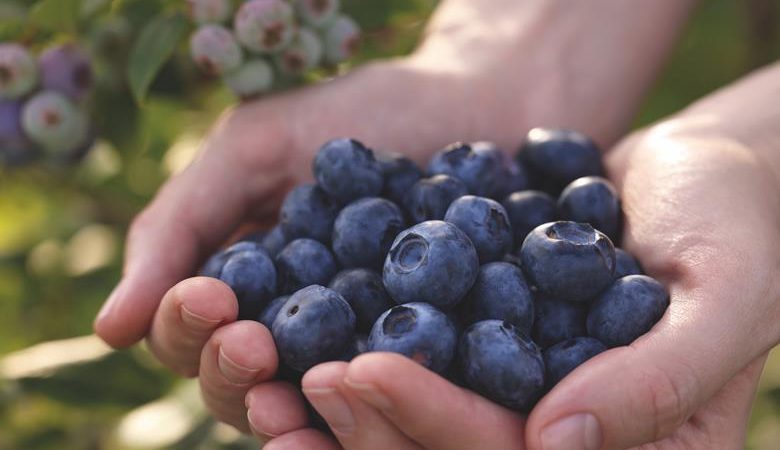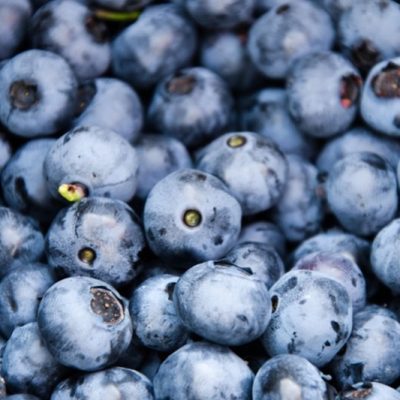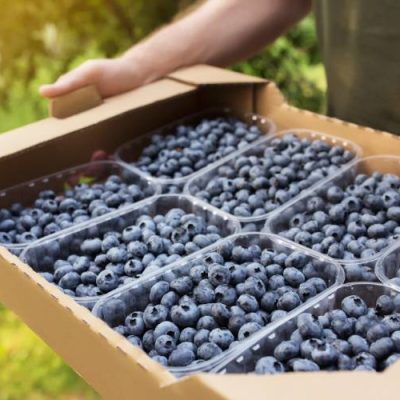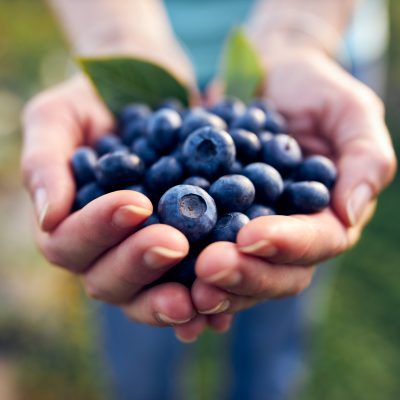Agronometrics in Charts: The US blueberry boom and a look at America’s most valuable fruit crop
- . October 2025
Blueberries are native to North America and are now cultivated across nearly every region of the United States. These berries are divided into two categories, cultivated and wild, each serving different roles in the marketplace. Cultivated berries are generally larger and primarily sold fresh, while wild ones are smaller and mostly processed, often for freezing.
In 2024, US blueberry production reached a record 789.5 million pounds, valued at $1.15 billion. Cultivated varieties made up about 90 percent of total output. The top three producing states, Washington, Oregon, and Georgia, together supplied nearly two-thirds of the crop in the US.
The share of berries sold fresh varies widely by state. About 55 percent of cultivated blueberries nationwide were destined for the fresh market, but this figure ranged from 25 percent in Washington to 55 percent in Oregon and 63 percent in Georgia.
By contrast, wild blueberries, native to the northeastern United States, are almost entirely used for processing, mainly in frozen products. In 2024, wild blueberry production reached 90.8 million pounds, valued at $49.3 million. Maine remained the sole producer of wild berries, accounting for 100 percent of the US total.
These figures, drawn from the US Department of Agriculture, Economic Research Service’s Fruit and Tree Nuts Outlook (July 2025), highlight the strength of the cultivated blueberry sector alongside the continued tradition of wild blueberry production in Maine.
Whether fresh or frozen, cultivated or wild, blueberries remain one of America’s most valuable and distinctive fruit crops.







